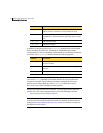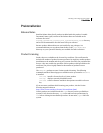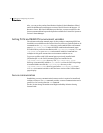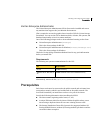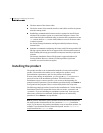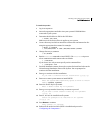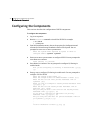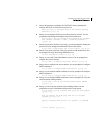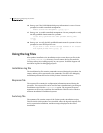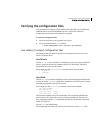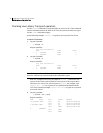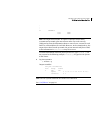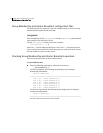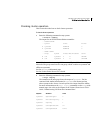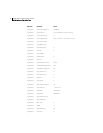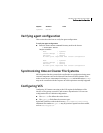
24 Installing and configuring the product
Using the log files
16 Enter y or n if the VxVM default disk group information is correct. You are
prompted to enable centralized management.
Enable Centralized Management? [y,n,q] (y) n
17 Enter y or n to enable centralized management. You are prompted to verify
the fully qualified domain name for system01.
Is the fully qualified host name system01.domain_name?
[y,n,q]
(y)
18 Enter y or n to verify the fully qualified domain name for system01. You are
prompted to start SFCFS process now.
Do you want to start Veritas Storage Foundation for Cluster
File System process now? [y,n,q] (y)
Using the log files
After product installation, the installation scripts create three text files in the
/opt/VRTS/install/logs directory. Do not remove the log files until the
Veritas products are working properly on your system. Technical Support will
need these log files for debugging purposes.
Installation log file
The installation log file contains commands executed during the procedure, the
output, and any errors generated by the commands. This file is for debugging
installation problems and can be used by Veritas Technical Services.
Response file
The response file contains the configuration information entered during the
procedure. The response file can be used for future installations by invoking an
installation script with the responsefile option. The response file passes
arguments to the script to automate the installation. This file can be edited to
automate installation of additional systems.
Summary file
The summary file contains output of the Veritas product installation scripts.
This file shows which products were installed, where the log and response files
are for a particular installation, and the messages displayed at the end of
installation.



